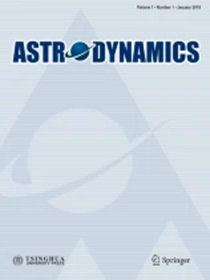Asteroids may contain valuable minerals. A method to exploit asteroid mines is to transfer them closer to the Earth for further mining processes. In this work, we optimally mount a set of fixed-angle spacecraft thrusters on the surface of an asteroid to conduct concurrent detumbling and redirecting to the desired orbit. The optimization objective reconciles the minimum duration of the mission with the minimum required fuel as well as the maximum uniformity of the fuel distribution required for all thrusters. Each thruster can respond to redirection and detumbling commands simultaneously. Redirection and detumbling are performed via the directional adaptive guidance method and PID controllers, respectively, and the weight factors for each orbital element and the gains of the rotational control channels are also optimized in the process. We use the particle swarm optimization algorithm to evaluate the objective function by simulating the entire mission to find the optimal design. The rotational control damps the tumbling of the asteroid without interfering with the simultaneous redirection process and eventually fixes the asteroid in the optimally selected orientation in the inertial reference frame. The rotational velocity and attitude of the asteroid are controlled via separate PID controllers, which are set robustly. We can effectively optimize the mission by collectively tuning both the system’s rotational and redirection behaviors as well as the thrusters’ configuration and optimally selecting the final attitude of the asteroid.


